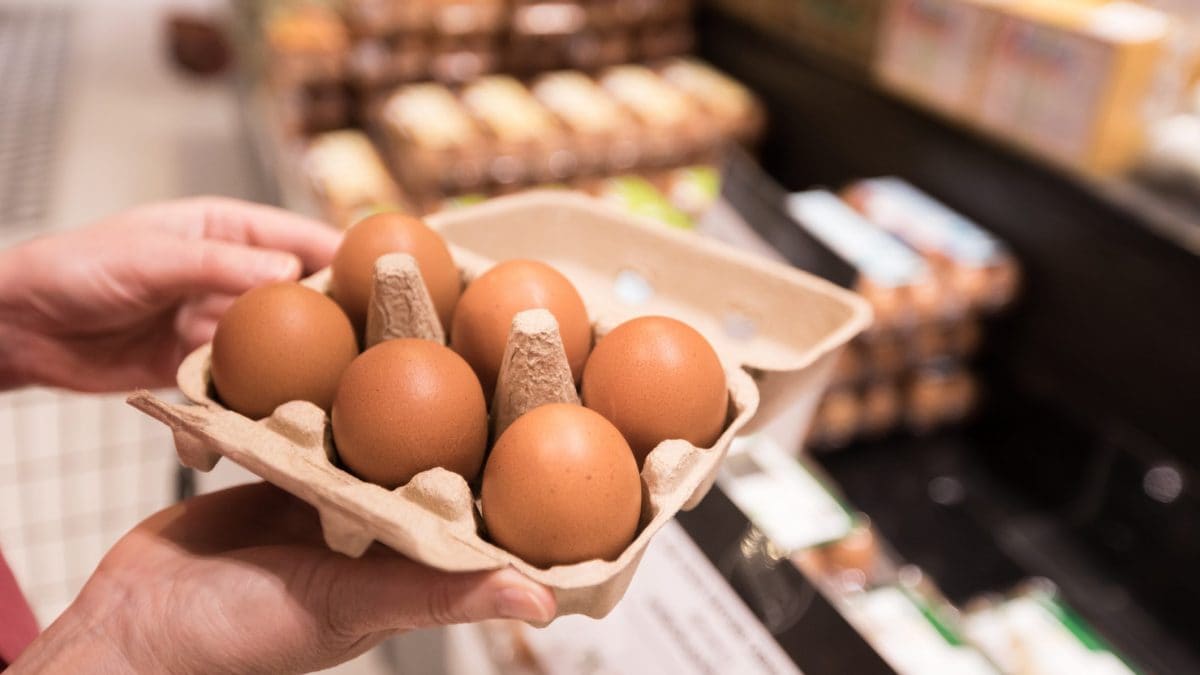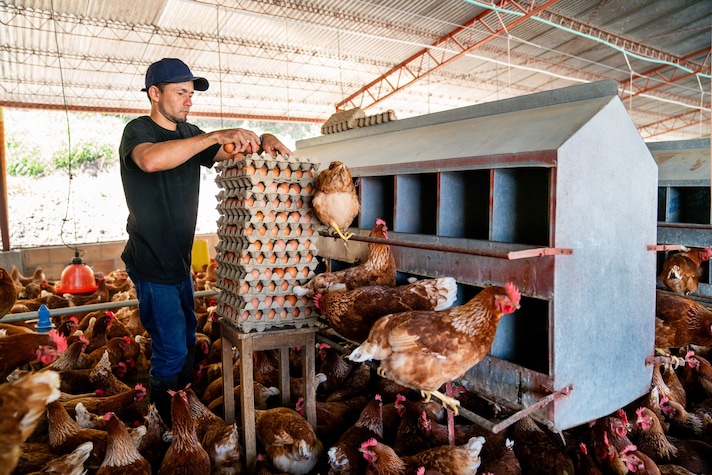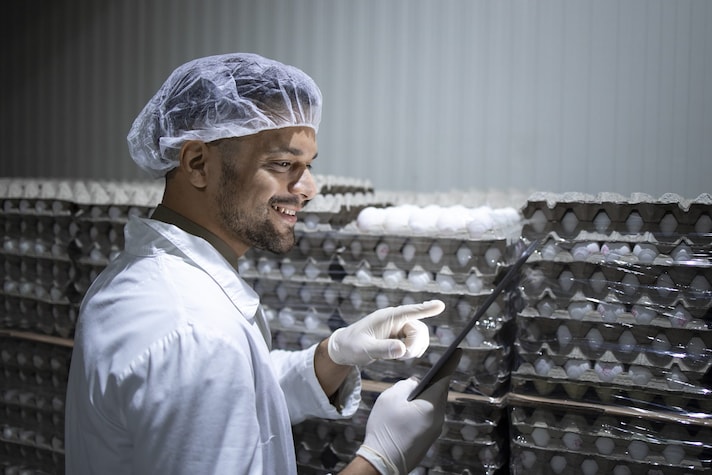
Every egg’s story starts long before it hits the carton. Picture a quiet morning at a family-run farm somewhere in the heartland—roosters crowing, hens clucking softly, and sunlight warming rows of nesting boxes. Here, each hen has one simple job: to lay an egg. Depending on the farm’s size and ethics, that might happen in wide, open barns or sprawling outdoor pastures. On large-scale operations, hens are monitored closely for diet, health, and laying cycles, while on smaller, pasture-raised farms, they’re often free to roam, peck, and nap under open skies. Either way, the moment a hen lays her egg, the journey begins—sometimes within minutes of hitting the hay.
Freshly Laid and Carefully Collected
Timing is everything when it comes to collecting eggs. On most farms, workers (or automated belts in larger facilities) collect eggs several times a day to ensure freshness and safety. The fragile shells are handled like treasure—because they are, in a way. Temperature control is key: a freshly laid egg is warm, and cooling it too quickly can cause condensation, inviting bacteria to sneak in. So farmers let the eggs rest briefly before carefully moving them to a controlled environment. It’s a delicate dance between speed and precision, one that ensures the yolks stay golden and the whites stay firm.

The Wash and the Wax
Here’s where things get surprisingly scientific. In the U.S., every egg sold commercially must be washed and sanitized before it reaches stores—a step that sets American eggs apart from most of Europe, where natural bloom (a thin protective layer on the shell) is left intact. After washing, the eggs are lightly coated with a food-grade mineral oil to restore some of that lost protection. It’s a bit like sending the egg to a spa and then wrapping it in silk before sending it off into the world. The result: clean, glossy eggs that meet the FDA’s strict safety standards while looking like they belong in a still life painting.
Sizing, Grading, and Sorting
If you’ve ever wondered how eggs end up labeled “Large,” “Extra Large,” or “Jumbo,” this is where the magic happens. After cleaning, eggs are sorted by weight using precision machinery—no two eggs are exactly alike, after all. They’re then graded for quality: “Grade AA” eggs are the cream of the crop, with firm whites and bright, centered yolks, while “Grade B” eggs may have thinner whites or minor imperfections but are still perfectly edible (and often used in commercial baking). This step ensures that what lands in your carton isn’t just edible—it’s consistent, beautiful, and reliable, whether you’re making an omelet or a soufflé.
The Cold Chain
From here, the eggs embark on a chilly adventure. Once packed into cartons, they’re stored in refrigerated rooms before being transported in temperature-controlled trucks to distribution centers across the country. This “cold chain” keeps them safe and fresh from farm to fridge. While it may sound unromantic, maintaining a steady cool temperature is what keeps salmonella at bay and extends shelf life. So yes, your grocery store eggs have traveled hundreds—sometimes thousands—of miles, but they’ve done it in first-class refrigeration.

The Marketing Makeover
By the time an egg hits the grocery shelf, it’s not just food—it’s a branded promise. Labels tout “cage-free,” “free-range,” “organic,” “omega-3 enriched,” or “pasture-raised,” each with its own regulations and interpretations. Some terms, like “organic,” are federally certified; others, like “farm-fresh,” are more… aspirational. For consumers, decoding these labels can feel like a test you didn’t study for. Still, the marketing speaks to modern priorities: animal welfare, sustainability, and transparency. And in a market where breakfast meets ethics, those words matter.
Cracking Open the Myths
Let’s clear the air—or the egg carton, rather. Brown eggs aren’t healthier than white eggs; the color simply comes from the breed of the hen. “Free-range” doesn’t necessarily mean hens are frolicking in meadows all day—it just means they have some access to the outdoors. And those “farm-fresh” eggs you see at the supermarket? They might be a week or more old, though still perfectly safe and delicious. It’s not deception—it’s logistics. By the time your eggs reach you, they’ve been through a carefully orchestrated system designed to preserve both quality and safety.
The Kitchen Stage
When you finally open that carton at home, you’re at the end of an egg’s long, meticulous journey. Whether you fry it sunny-side up, poach it until the white trembles, or whisk it into a Sunday omelet, you’re tapping into a story that began days ago, maybe states away. And though the egg’s life seems humble, it’s a quiet marvel of modern food logistics and human care. Every sizzle on your skillet is proof of that invisible chain—from the farmhands gathering morning eggs to the inspectors checking for cracks, to the truck drivers ensuring your dozen arrives unbroken.

;Resize,width=767;)
